SImplifying Healthcare Marketing For
A Complex World
Platform partnerships
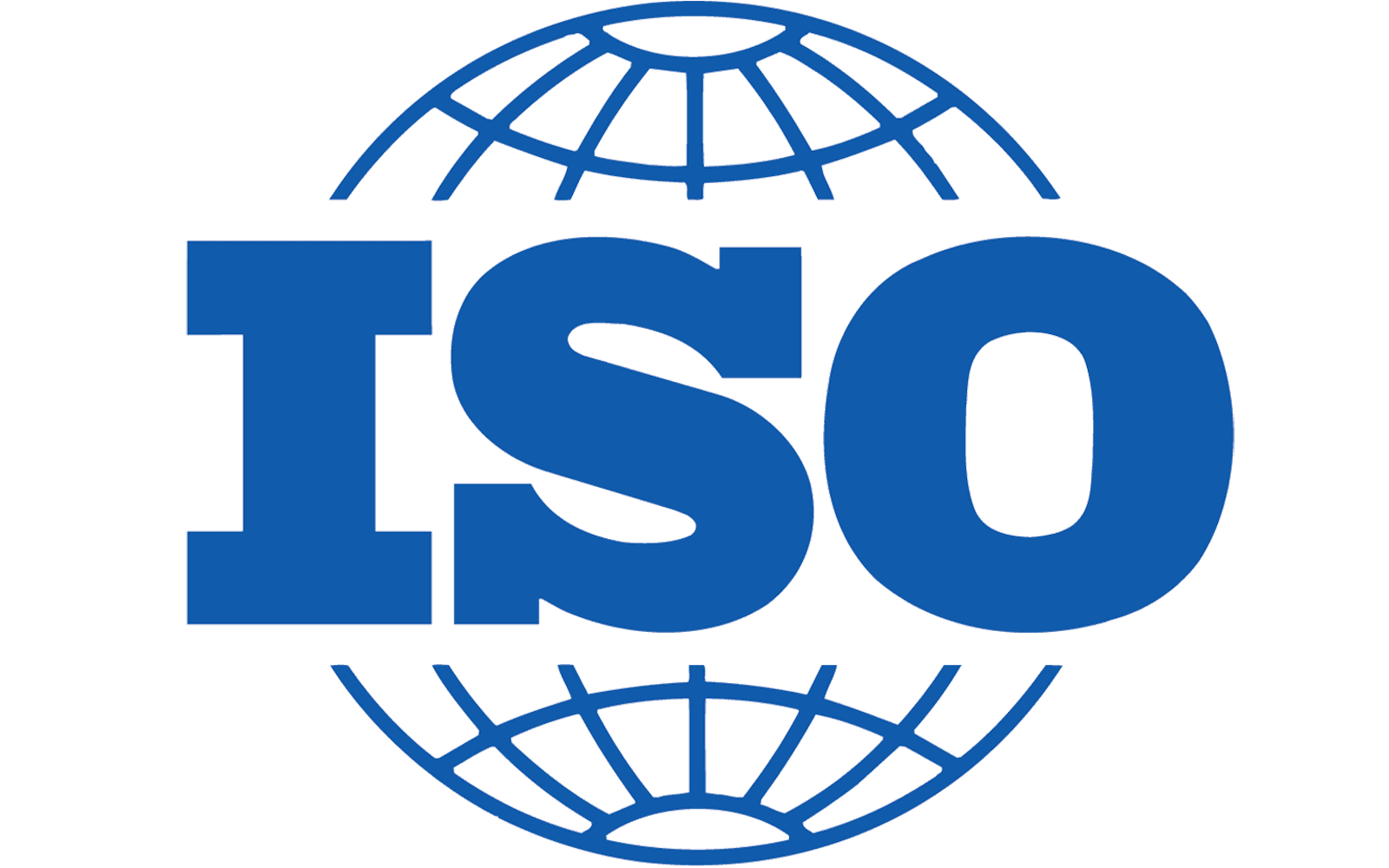
ISO Certified
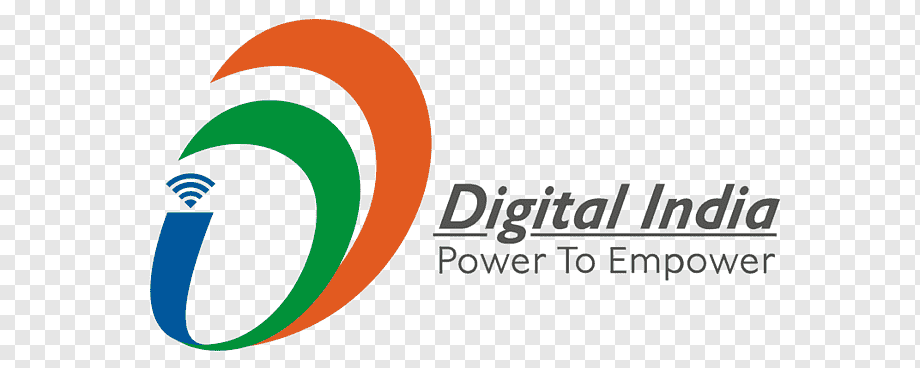
Digital India
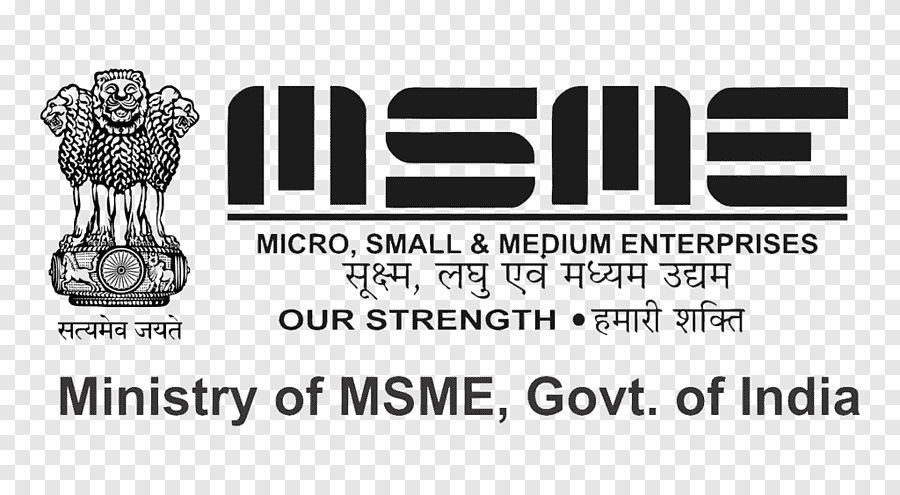
MSME

Meta Partner Agency
- Google Partner Agency

The shoulder is an important part of the skeleton, and it is also a ball-and-socket joint. It looks like a golf ball that is sitting on a tee. A shoulder ligament tear is a soft-tissue injury that makes the joint less stable and limits its range of motion. A tear can happen in the tendons, the muscles, or the labrum, a ring of fibrous tissue that lines the glenoid. A tear can only affect part of a tendon, muscle, or labrum, or it can cut the tissue in two. Small tears in the tendon can grow into bigger tears over time.
Shoulder tears can be caused by overuse or by a sudden accident. Tears can happen from long-term, repetitive arm movements in sports, chores, or jobs. For example, athletes who play sports like throwing Ball, tennis, and baseball that require them to move their arms over and over again may get a shoulder tear. A tear in the ligament could also stop a fall with an outstretched arm.
When the humerus comes loose from the glenoid, muscles and tendons are pulled out of place and torn. This is called a dislocated shoulder.
Not all tears in the shoulder ligaments cause pain right away. Some are caused by conditions that get worse over time, which means that the rotator cuff could be hurt for months or even years before any symptoms show up.
If you hurt your rotator cuff, you might have the following:
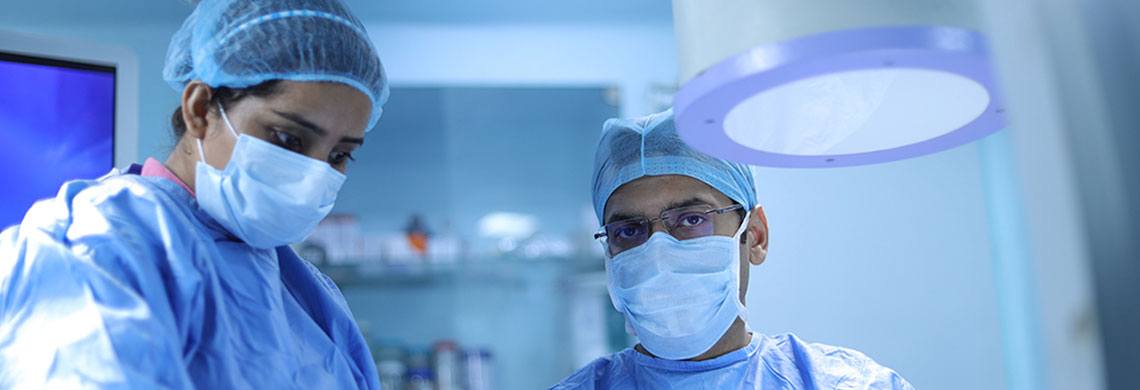
With an incomplete or partial tear, the tendon is still connected to the arm bone in some places.
The tendon is no longer attached to the bone with a full tear. The tendon has a hole or rips through it.
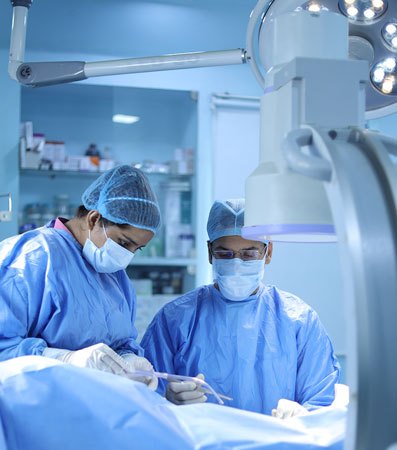
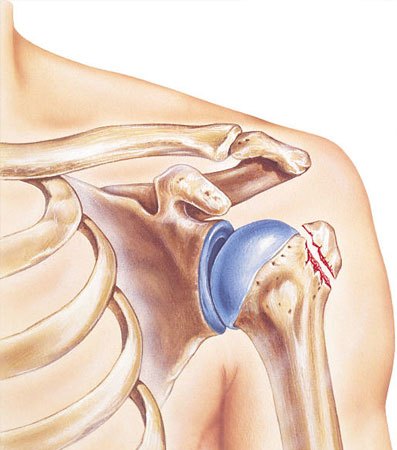
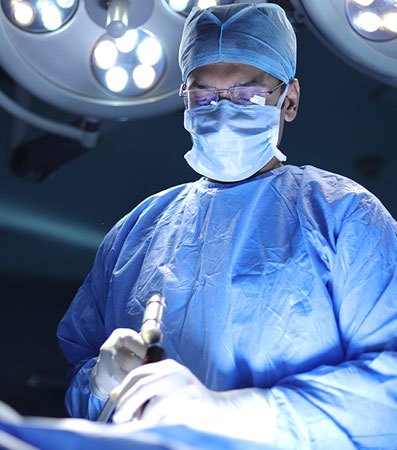
During the physical exam, the doctor presses different shoulder parts and moves the arm to different places. They also check how strong the shoulders and arms are. In some situations, imaging tests, such as:



